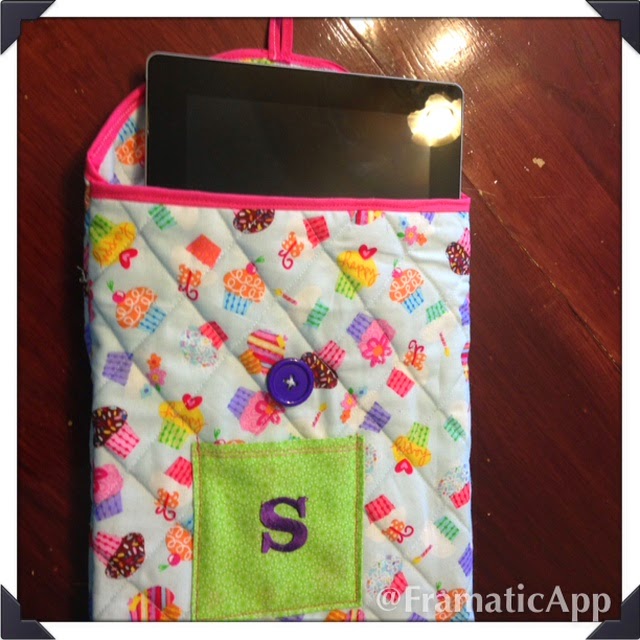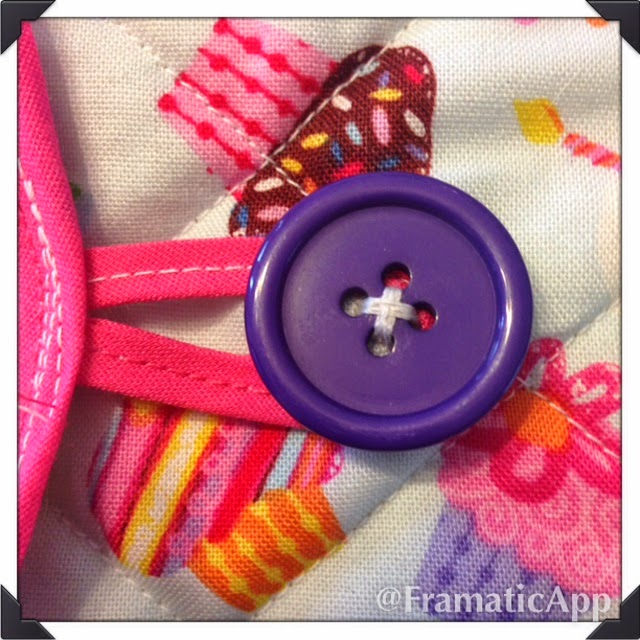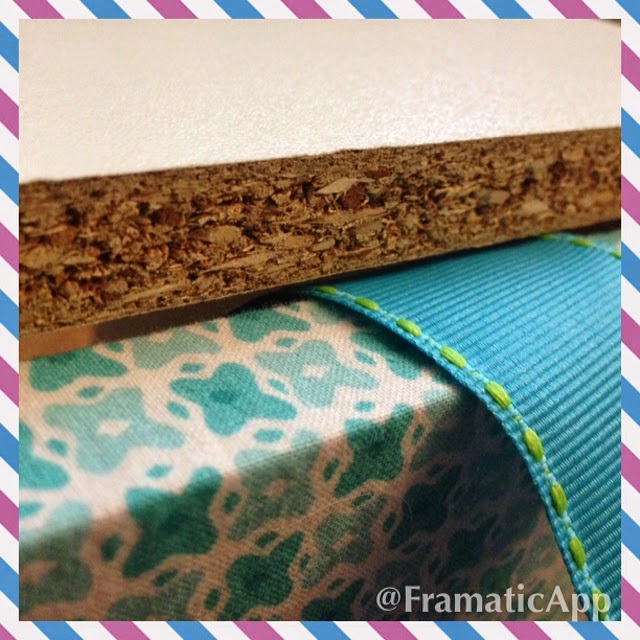It is my first full week off school and I dove into a huge project head first!
Well I didn't really need more shelves in my office but I was bored and I wanted an excuse to go to Restore.
So I asked Ray if I could make a dining room table. I've been seeing some cool tutorials on Pinterest and a couple shows on HGTV have built some cool dining room tables. Well he convinced me not to (for now. I'll eventually build one!) After talking we decided that I could build these built in shelves and the window seat.
*Warning this post is LOADED with step by step pictures!*
So my first step was to head to Restore the Habitat for Humanity store. We have quite a few of them around KC. People take their old or leftover building materials here. Its like a thrift store for big house items. I knew I wanted to make these shelves out of old doors so I headed to Restore. Click
here to see if you have a Restore near you!
Here is a picture of all the things I bought at Restore:
I got:
two bi-folding closet doors- $10 each
two 7 foot shelves- $2 each
a bunch of small shelves- $0.50 each
one gallon of Sherwin Williams paint- $6
(The spindles are for another project)
It turns out I needed another long board so I ran to Sutherlands and bought one for $9 which felt like a fortune compared to what I just bought! I also ended up going to Restore two days later to get a couple more boards for shelves. I guess I underestimated the amount of shelves I needed! Overall I only spent about $50!
*Here's a quick pic of my shopping buddies for the day!*
The next thing to do was to get started! I measured how much room I had on each side of the window for shelves. I turns out my windows are not centered in the middle of the room which drives my OCD self CRAZY! Oh well I can't move the windows!
I had 22 inches on the left and 17 inches on the right. I cut two boards at 22 inches and two at 17. Then I started to put together the boxes that would hold the shelves.
The first thing I did was start the screws into the wood so I wouldn't have to worry about holding the screws.
Then I braced the long side up against the wall so I could push on it without it scooting away from me. I did this on both sides and the top and bottom.
And voila- finished box! You can see I put two L brackets to hold it up against the wall. I didn't want to load these down with books and risk it tipping over.
I then did the same thing with the right side box.
The right side box was thinner so I decided I would put one of the doors on it- just because it looked cute!
The doors already had hinges on them but I replaced the screws with longer ones so they were sturdier.
So here is one of my DIY fails for this project. When I originally screwed the hinges into to side of the box I didn't have the door open all the way. Once I got all of the hinges on, the door wouldn't open all the way! You can see in this picture how far the door opened:
Oops! So I had to take the hinges off and try again! Here is what it looked like once I got it fixed!
Next up- Shelves. I measured the inside of the boxes form left to right sides and cut as many shelves as I wanted for each box. Then I went to my scrap wood box to help me attach the shelves.
I always keep the little extra pieces from my projects just in case.
Typically I would just drill through the sides and into the side of the shelf to attach them. Well for these I couldn't do that. I didn't want to drill through the side that was made out of the door because I didn't want a screw to show. The other side was up against the wall and I couldn't get to the outside of it. So instead I made supports- little shelves for my shelves to rest on- shelf shelves!
This is what I used my scrap wood for. To figure out where I wanted to place my shelves I measured 13 inches from the bottom then I used a level to make my straight line and ensure that the shelf would be level.
I did this on both sides and screwed in my shelf shelves.
Now here is one problem I run into often, especially in tight spaces.
When I screw into the wood, it pushes away from whatever I'm screwing into instead of keeping it flat. I've found that this is because I do not have enough pressure behind the drill. So you pull the screws back out and try again with more pressure behind the drill. The second time is usually easier and it goes in.
So next I put the shelf on top of the supports I screwed in. Now I wanted the shelves to be very secure since I would be putting heavy books on them. So I reinforced them two ways. First I put a line of Gorilla Wood Glue where the shelf would sit.
Then once the shelf was on, I secured it with a screw going through the shelf into the support.
Once I got one shelf in, I just kept measuring and going up!
Here's what the two side shelves looked like once all the shelves were in!
This is the part where I needed to go get more shelving from Restore.
Next step was to measure between the two shelves for the bench. I also measured from the floor to the height of where the bench would be, which was right under the window.
So I cut one piece that was 64 inches and two that were 22 inches. Here's how I put them together.
First I used scrap wood to make supports- shelf shelves- like I did earlier to help support the bench. I measured 22 inches up and used the level to make sure they were straight.
Then I put the bench on and put the two 22 inch boards under it to help support.
I screwed the support boards to the bench with one screw.
I then measured between each support so I can add shelves. I did this the same way I added the shelves on the sides. Here's what it looked like once the shelves were in!
Muca immediately loved it because she had one more spot to sit and look out the window! She was on the bench before I could even get it screwed down!
Remember that $6 gallon of paint I got at Restore? Well it turns out it is really nice paint! Quick drying, non yellowing, oil based paint from Sherwin Williams. It was a mis-tint and originally over $30 for the gallon! So I prepped for paint! I needed to cover the carpet and we have drop cloths and tarps but they're really dirty and end up making a big mess anyways so I hit up the dollar store and bought a plastic table cloth. Then when I'm done I can roll it up and throw it away!
Last but not least I had to make the curtains and bench cushion. This was the only part I forgot to take pictures of. I went and raided my grandma's fabric closet. The bench cushion is just a rectangle stuffed with polyfil and when I ran out of that I ripped open an old pillow and used its stuffing.
The curtains are just two rectangles with a big hem at one end for the curtain rod.
Here's what it looked like before:
And here is the final product!
I was really pleased with how it turned out!
I hope you enjoyed this post.
A year or so ago I would have never tackled this project but this just goes to show that if you dream it, you can do it! :D










































.JPG)

.JPG)
.JPG)
.JPG)
.JPG)
.JPG)

























